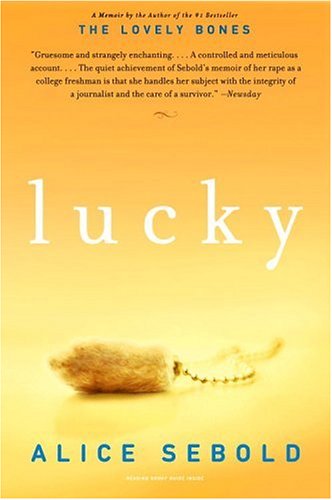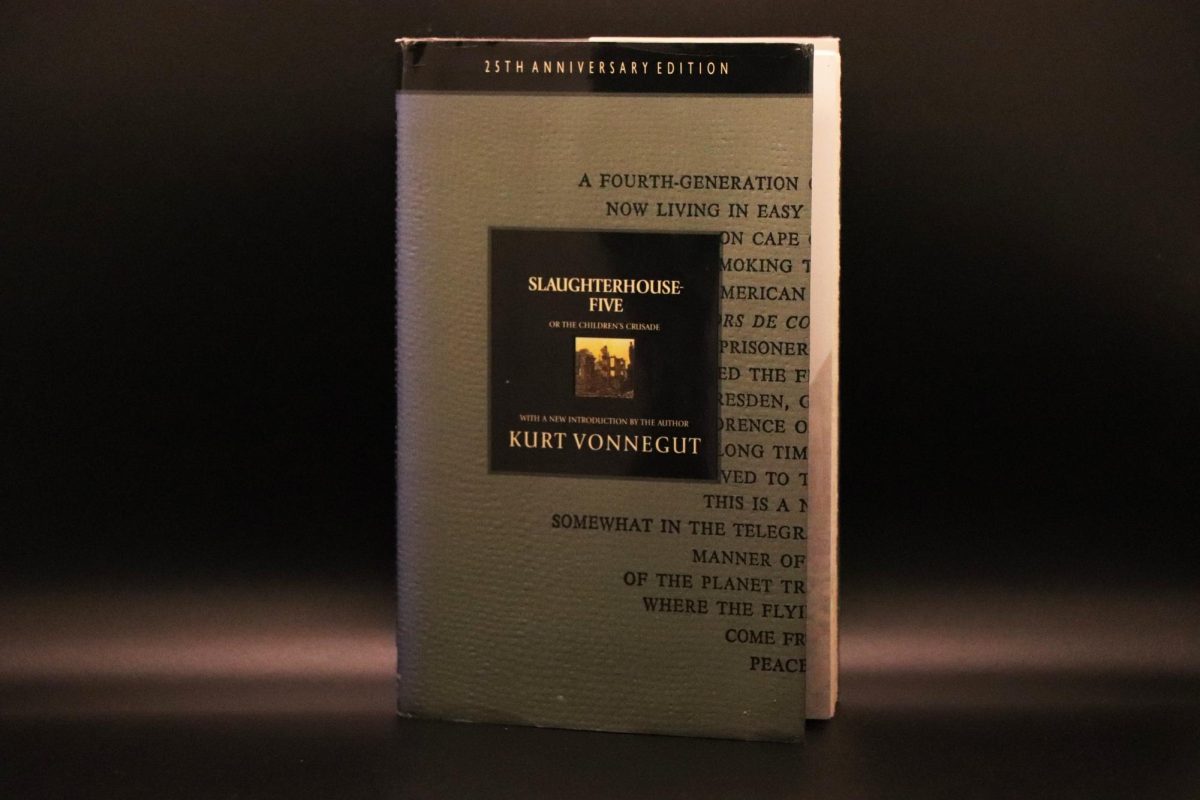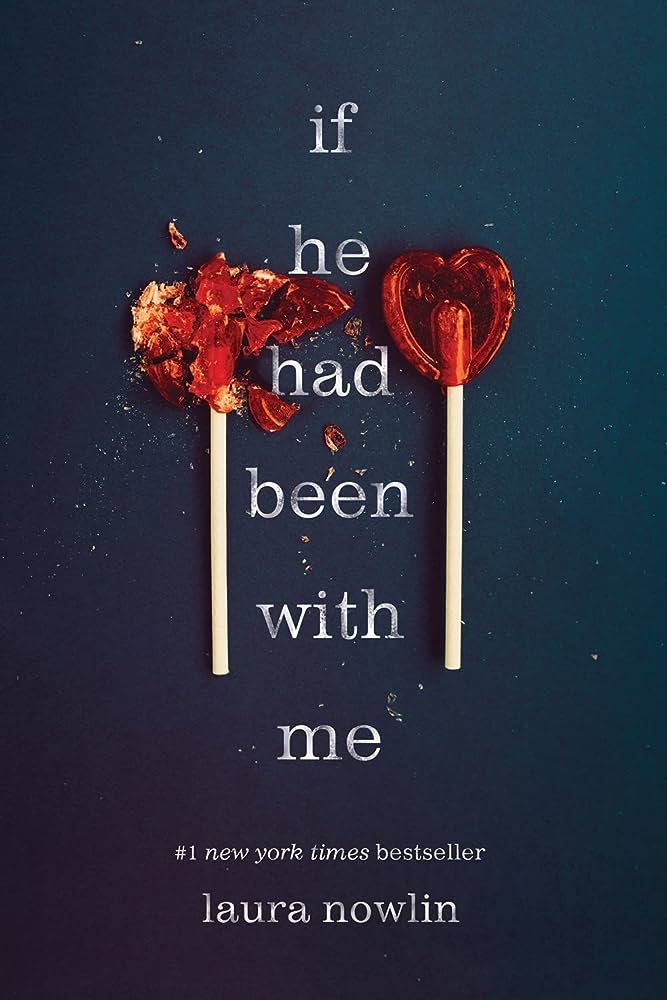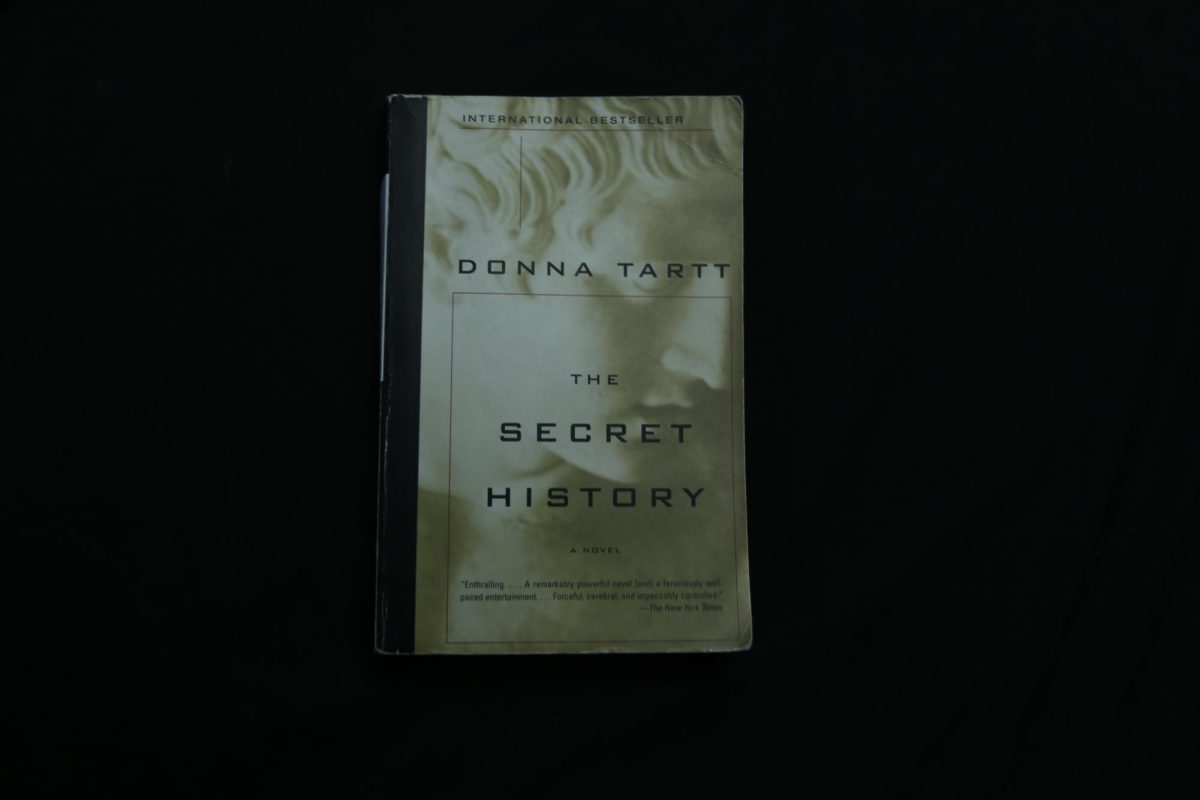The first time I encountered Alice Sebold was when reading her New York Times bestselling novel, the Lovely Bones.
The book tells the disturbing, yet memorable story of a fourteen-year-old girl who is raped and murdered. Only after I finished the book did I discover that Ms. Sebold herself is a rape survivor, which, I can say, allowed me to appreciate the last lines exponentially more than I had the first time. Ms. Sebold’s first book, Lucky: A Memoir, is the dark recollection of her brutal rape and its repercussions.
As in the Lovely Bones, we begin Lucky at perhaps the most disturbing part of the story: Ms. Sebold’s rape and beating. The first paragraph of Lucky has become quite well known, and instantly justifies the title of the memoir.
Though many readers’ first thought when seeing the title is “how on earth could one title a rape memoir: Lucky?” Ms. Sebold constitutes the word lucky as different for every person. She was lucky because she was raped and lives to tell about it. . .
“In the tunnel where I was raped, a tunnel that was once an underground entry to an amphitheater, a place where actors burst from underneath the seats of a crowd, a girl had been murdered and dismembered. I was told this story by the police. In comparison, they said, I was lucky.”
Ms. Sebold’s actual rape isn’t the main focus of the story, which is understandable for a rape survivor. The main concerns, Ms. Sebold stresses, were the drastic alteration in her personality after a traumatic incident, and how to recover, though never completely.
Alice was raped and beaten at the end of her freshman year at Syracuse University in New York. She then returned to her home in Pennsylvania until the beginning of her sophomore year. Her time at home was spent helping her family, and herself, understand what happened. Alice’s rape distresses her parents, particularly her father, who had a difficult time comprehending how her rapist could’ve physically committed such an atrocity. Alice then realizes she has to begin the healing process, and has to make the transition from a rape victim to a survivor. “No one can pull anyone back from anywhere. You save yourself or you remain unsaved.” Alice’s story is just as much about self-recovery as it is about rape.
- Lucky: An Enchantingly Haunting Memoir
Alice hesitantly returns to Syracuse in the fall to begin her sophomore year. After months without any leads by the police, Alice spots her rapist as she’s walking down the street. He asked her if he knew her “from somewhere” as he kept walking. She missed her next class to call the police, who quickly caught him.
The raw emotion, more specifically the rage, of a rape victim is frightening. Though throughout the book one has a sense of calmness, the nauseating underlying feeling of sorrow remains constant throughout the memoir. Referring to the upcoming trail, Alice recalls thoughts after she awoke from a vivid nightmare. “In my mind, the rapist had murdered me on the day of the rape. Now, I was going to murder him back. Make my hate large and whole.” That same night, Alice remembers a line from a poet she wrote in a workshop she was taking.
“Come to me, come to me
Come die and lie, beside me.”
The professor of the workshop, Tess Gallagher, becomes one of Alice’s confidants and accompanies her to a number of legal affairs.
Having read a fair amount of books that deal with the inner workings of our country’s legal system, particularly lawyers, I have never been so disgusted with their line of work. The rape trial and the shortly surrounding events had me wanting to go and give the rapist’s defense attorney a piece of my mind. I have yet to understand how Gregory Madison’s attorney was able to attempt a justification of his client’s rape of Alice Sebold to the court. His argument was that Alice most likely was mistaking his client for someone else. Through stomach plunges and fury, we watch Alice crumble through the days of the trial with her rapist. As Freda Adler once said, “Rape is the only crime in which the victim becomes the accused.”
In the latter pages of the memoir, Alice is healing in her own way. Through drinking, sex, and seclusion, Alice moves on and grows as one does from the time of birth: naturally. Alice visits the erosion of character through rape, the recovery of what was taken, and the mourning over what was lost; what won’t be returned. We learn that life does not stop for rape, and that more importantly, for one person or another, life goes on. I applaud Ms. Sebold’s astounding fortitude in sharing her shockingly detailed story through Lucky.

















